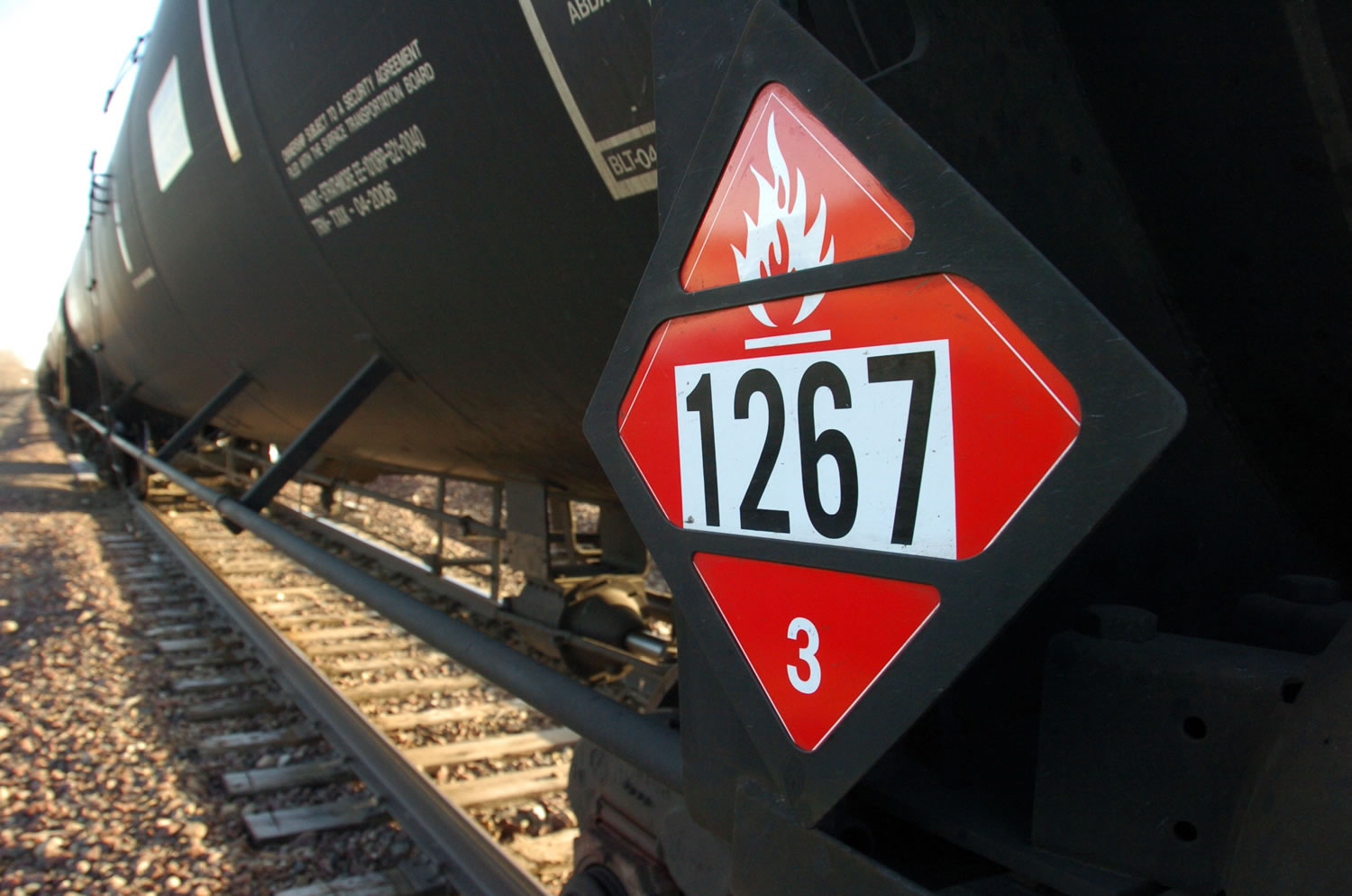BNSF Railway on Thursday announced plans to add 5,000 new tank cars to its fleet for carrying crude oil, marking the latest investment in oil-by-rail as volume and demand continue to grow.
The company issued a request for proposals seeking “state-of-the-art” tank cars that would go beyond even the most recent safety standards, said BNSF spokesman Gus Melonas. He called the announcement an “important milestone” for practices used in the transport of crude oil.
“This BNSF tank car (request) represents a voluntary commitment that may help accelerate the transition to the next-generation tank car and provide tank car builders a head start on tank car design and construction,” Melonas said.
The new cars, which would carry both crude oil and ethanol, would be owned by BNSF, Melonas said — unlike the tank cars BNSF uses to move crude now. They’d be deployed across the railroad’s entire system, he said. But it’s unclear when the new tank cars will be ready to roll.
The safety of transporting oil by rail has come under particular scrutiny after a series of high-profile derailments and explosions. The issue has big implications for Vancouver, where Tesoro Corp. and Savage Companies want to build an oil terminal at the Port of Vancouver. The proposed facility would be capable of handling as much as 380,000 barrels of crude per day.
Even without the Tesoro-Savage proposal, crude oil is already moving through the Northwest by rail. The region sees an average of one to 1.5 oil trains daily on BNSF tracks, Melonas said. Oil transport has increased significantly in recent years, driven largely by a drilling boom in North Dakota. But regulators have struggled to keep up in many places.
Most of the tank cars that come through the Northwest are newer, built to post-2011 standards, Melonas said. He noted the latest cars now being requested would include additional safety requirements specific to the body shell, steel jackets and thermal protection systems, among other features.
BNSF will also continue to assist with safety training with local emergency responders, Melonas said.
“Our goal is to move all commodities safely and efficiently, protective of the communities and environment,” he said.
BNSF operates a rail hub in Vancouver’s Fruit Valley neighborhood.




